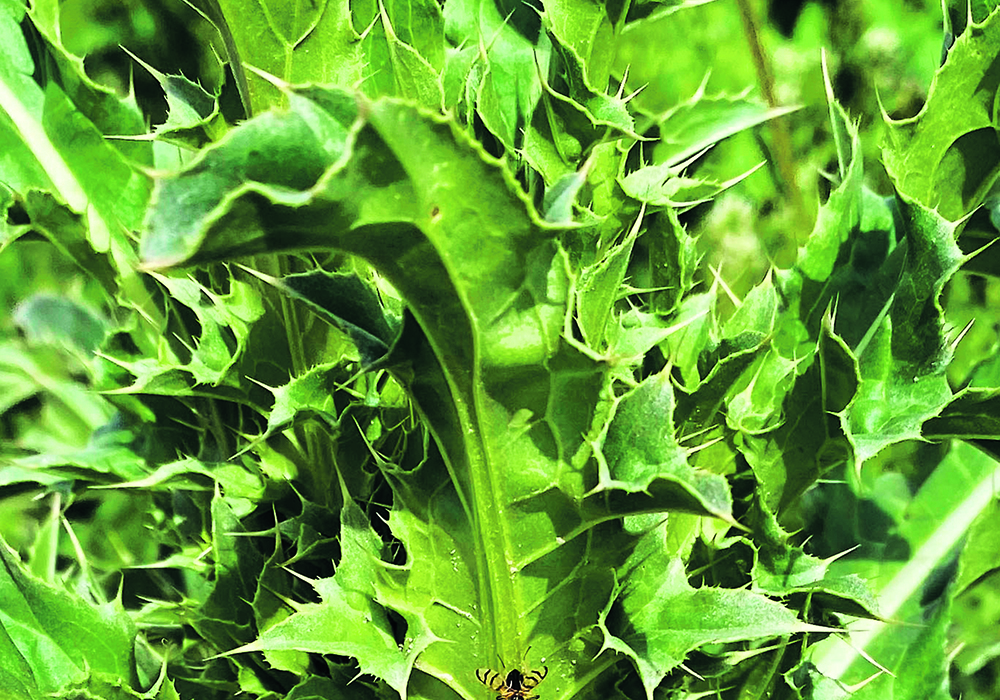If it wasn’t such a pest, it might make a good forage crop.
Kochia is one of the greatest yield threats to prairie farmers. The plants are persistent, produce copious seeds and easily mutate, resulting in a strong ability to naturally select for herbicide resistance.
Kochia (Kochia scoparia) is also known as summer cypress and burning bush.
The weed prospers in both damp and dry conditions, is saline tolerant, and due to its post seed-set tumbling characteristic, takes advantage of open spaces and wind to spread. In drought, roots will extend three metres into the soil seeking water and nutrients.
Read Also

Gap in emission regulations hamstrings Canadian hybrid truck manufacturer
A B.C. company building hybrid engines for heavy trucks says they have the opportunity to build something leading edge in Canada, but our own laws are stopping them from doing it.
The summer annual broadleaf arrived in Canada as an ornamental plant with European settlers.
It is capable of growing up to two metres in height when competing with tall crops.
Kochia’s seeds have a short life in the soil, so control can be achieved in a single year. They germinate quickly in the spring and are cold tolerant.
Just 21 plants per sq. metre reduce wheat yields by one-third. In flax and pulse crops, the plant can be devastating, choking out broadleaf crops for sun and moisture.
As a livestock feed, the plant is high in protein and carbohydrates and produces well under the toughest conditions.
It contains saponins, alkaloids, oxalates and nitrates in amounts that can be toxic to livestock, so it must not exceed 50 percent of the diet.
Group 2 resistance has developed in the plant, so using other groups of broadleaf herbicides is critical to its control.
Glyphosate, when applied as a pre-harvest tool, provides good control of sub-mature plants and seeds.
Early post-emergent and burn off applications can help control this noxious pest.
Tillage and mowing are also effective.














